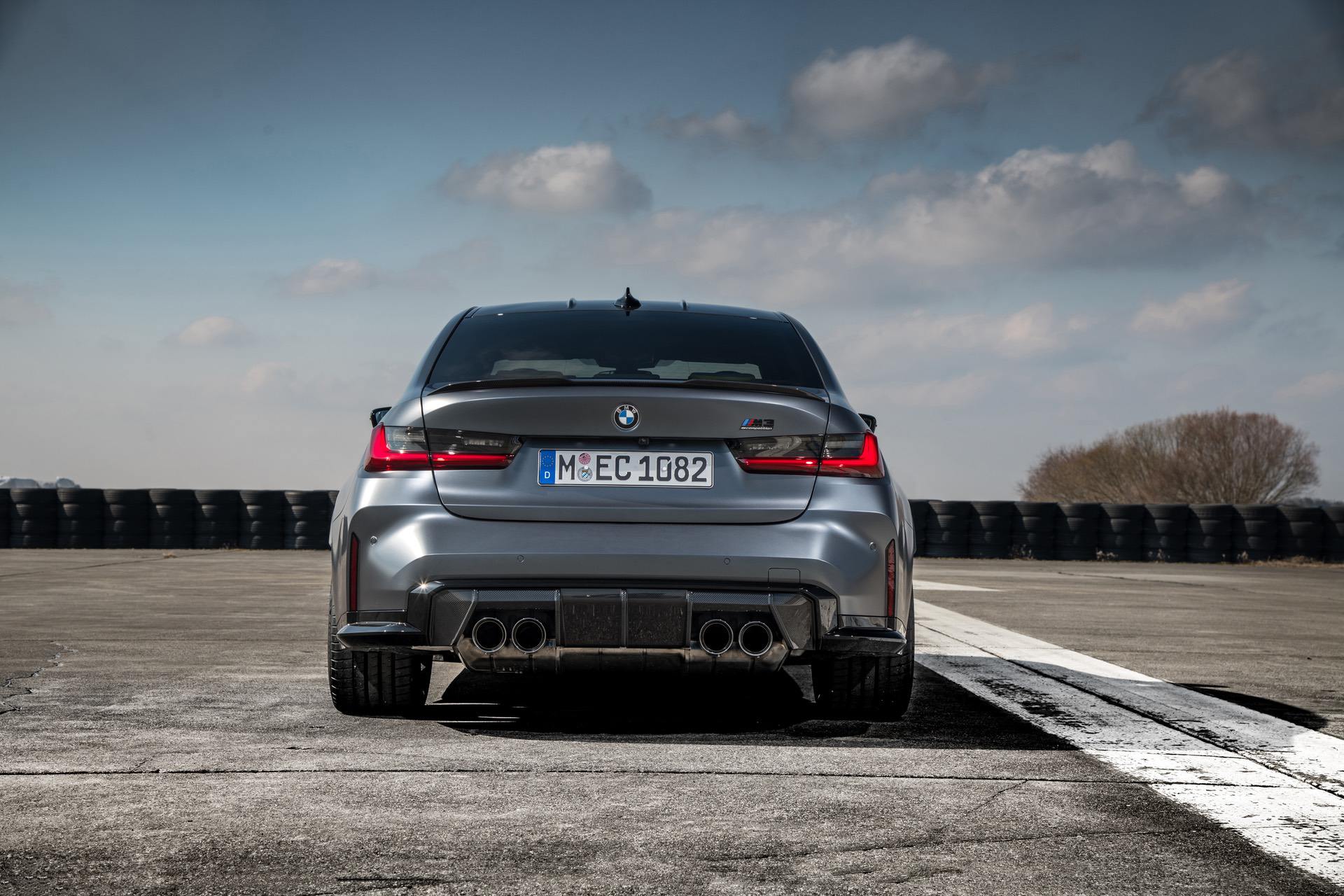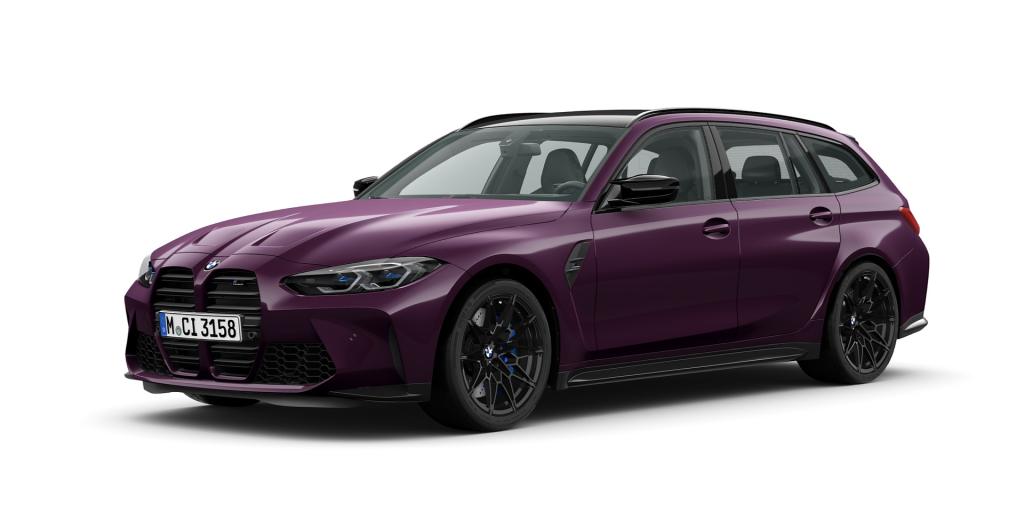

Battery-powered cars can match this with very large batteries – which in turn will lead to an increase in both vehicle weight and charging times.
Bmw itrash full#
A full hydrogen tank will last around 300 miles (approx.
For the time being, hydrogen cars still have a longer range than purely electric cars. For users, this brings vehicle availability and flexibility into line with those of a conventional car. The hydrogen tanks of fuel cell cars, on the other hand, are full and ready to go again in less than five minutes. 
Depending on the charging station and battery capacity, fully electric vehicles currently require between 30 minutes and several hours for a full charge. Another advantage is the quick charging time.What does that mean? Virtually no engine noise and a lively start, because electric motors provide full torque even at low speeds. When you drive one, it feels similar to driving a regular electric car.
 The propulsion in hydrogen fuel cell cars is purely electrical. We’ll start by examining the key benefits and disadvantages for drivers/owners of hydrogen fuel cell cars – with the help of Axel Rücker, Program Manager Hydrogen Fuel Cell at the BMW Group. If any technology is to succeed as an alternative to the combustion engine, it must be user-friendly and significantly reduce the emission of pollutants. The pros and cons of a particular propulsion technology can be seen from two main perspectives: that of the user, and that of the environment. The electric motor converts the car’s kinetic energy back into electrical energy and feeds it into the back-up battery. Like other e-cars, hydrogen vehicles can also recover or “recuperate” braking energy. This battery, known as a Peak Power Battery, is significantly smaller and therefore lighter than the battery of a fully electric car, as it’s being constantly recharged by the fuel cell. It either flows to the electric motor and powers the FCEV directly or it charges a battery, which stores the energy until it’s needed for the engine. The electricity generated in the fuel cell of a hydrogen engine can take two routes, depending on the demands of the specific driving situation. So hydrogen-powered cars are locally emission-free – more about that in a minute. The only results of this reaction are electrical energy, heat and water, which is emitted through the exhaust as water vapor. The hydrogen comes from one or more tanks built into the FCEV, while the oxygen comes from the ambient air. In fuel cell technology, a process known as reverse electrolysis takes place, in which hydrogen reacts with oxygen in the fuel cell.
The propulsion in hydrogen fuel cell cars is purely electrical. We’ll start by examining the key benefits and disadvantages for drivers/owners of hydrogen fuel cell cars – with the help of Axel Rücker, Program Manager Hydrogen Fuel Cell at the BMW Group. If any technology is to succeed as an alternative to the combustion engine, it must be user-friendly and significantly reduce the emission of pollutants. The pros and cons of a particular propulsion technology can be seen from two main perspectives: that of the user, and that of the environment. The electric motor converts the car’s kinetic energy back into electrical energy and feeds it into the back-up battery. Like other e-cars, hydrogen vehicles can also recover or “recuperate” braking energy. This battery, known as a Peak Power Battery, is significantly smaller and therefore lighter than the battery of a fully electric car, as it’s being constantly recharged by the fuel cell. It either flows to the electric motor and powers the FCEV directly or it charges a battery, which stores the energy until it’s needed for the engine. The electricity generated in the fuel cell of a hydrogen engine can take two routes, depending on the demands of the specific driving situation. So hydrogen-powered cars are locally emission-free – more about that in a minute. The only results of this reaction are electrical energy, heat and water, which is emitted through the exhaust as water vapor. The hydrogen comes from one or more tanks built into the FCEV, while the oxygen comes from the ambient air. In fuel cell technology, a process known as reverse electrolysis takes place, in which hydrogen reacts with oxygen in the fuel cell.







 0 kommentar(er)
0 kommentar(er)
